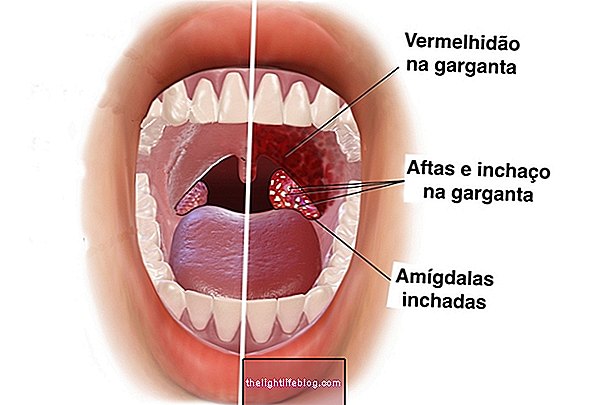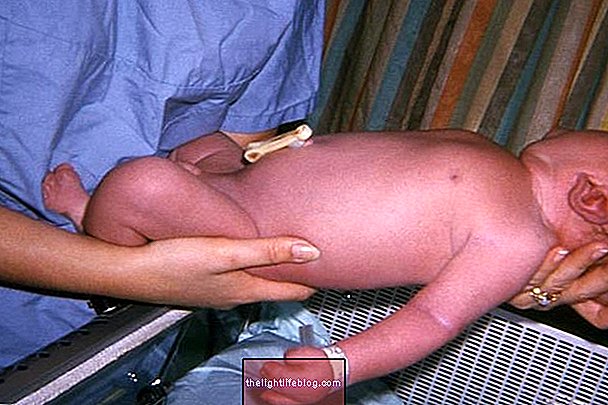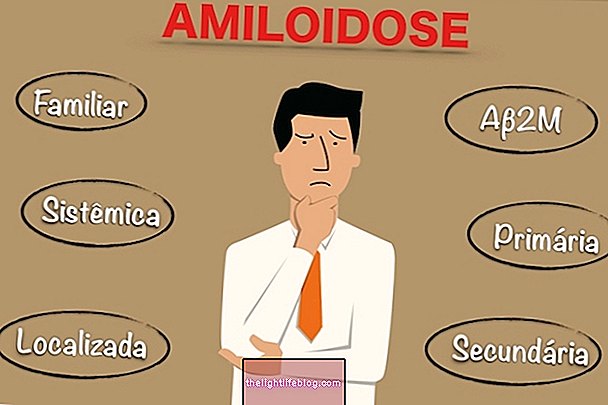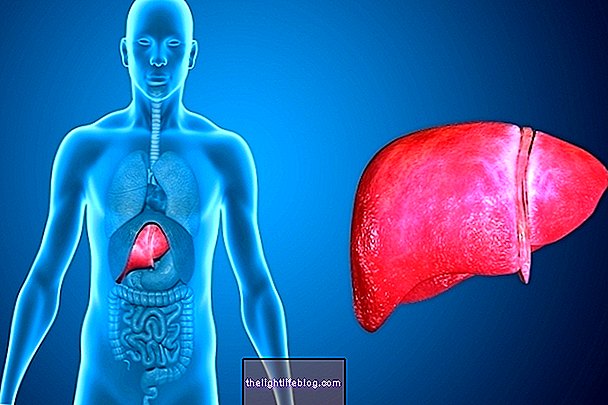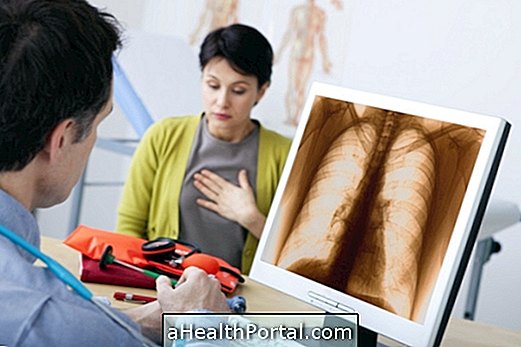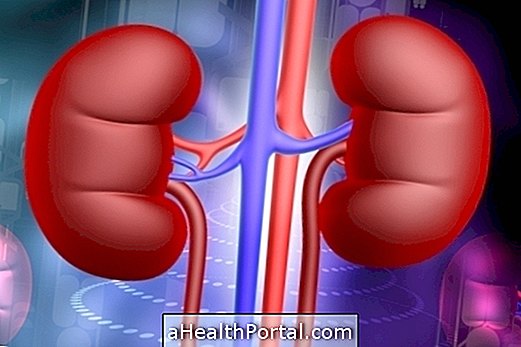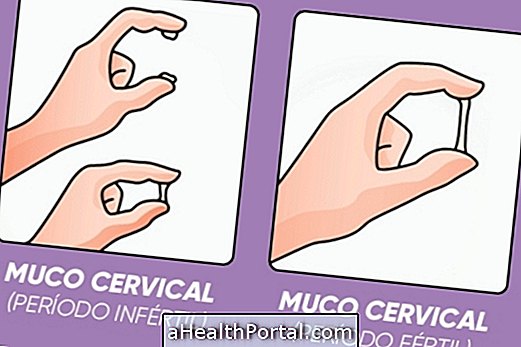Osteopetrosis is a rare hereditary osteometabolic disease in which the bones are denser than normal, which happens due to an imbalance of the cells responsible for the process of bone formation and breakage, promoting a generalized increase in bone density and resulting in the appearance some symptoms such as more brittle bones, difficulty hearing and changes in neuronal development, for example.
The treatment for osteopetrosis should be recommended by a medical team that includes a pediatrician, hematologist and orthopedist, and bone marrow transplantation is usually recommended in order to improve the functioning of cells related to bone formation.

Osteopetrosis symptoms
The signs and symptoms of osteopetrosis can be identified shortly after birth, as it is a congenital disease, or there may be signs and symptoms only in adulthood. The main characteristic of osteopetrosis is the increase in bone density, which can be noticed by examining bone densitometry.
In addition, there is also a greater likelihood of fractures, since due to the deregulation of the cells responsible for the bone formation and destruction process, the bones become more brittle.
The symptoms of osteopetrosis are related to the fact that there is greater deposition of bone material in the body, which can result in changes throughout the body, the main symptoms being:
- Blurry vision;
- Difficulty hearing;
- Recurrent infections of teeth and gums;
- Enlargement of the liver and spleen, resulting in altered production of blood cells;
- Change in neuronal development;
- Delay in the birth of teeth;
- Increased intracranial pressure.
The diagnosis of osteopetrosis is made by the orthopedist through image examinations such as X-ray and bone densitometry, which is a simple and painless examination that aims to verify the density of the person's bones, allowing to assess the risk of fractures, for example. Understand what osteopetrosis is and how it is done.
However, to confirm the type and complications of osteopetrosis, the doctor may also order other diagnostic tests, such as computed tomography or magnetic resonance imaging to assess the presence of lesions in some organs such as eyes and ears, in addition to blood tests.

Causes of osteopetrosis
Osteopetrosis is caused by defects in one or more genes responsible for the formation and development of osteoclasts, which are the cells that remove old bone tissue and replace it with a new, healthy one. Depending on the origin of the altered genes, the type of osteopetrosis can vary:
- Malignant childhood osteopetrosis: the child has the disease since birth due to defects in the genes inherited from the father and mother;
- Adult osteopetrosis: osteopetrosis is only diagnosed in adolescence or adulthood, being caused by altered genes inherited from only the father or the mother.
In the case of adult osteopetrosis, the alteration of genes can also be caused by a mutation, without having to inherit the alteration from the parents.
How the treatment is done
The treatment for osteopetrosis must be guided by a team of several health professionals, such as a pediatrician, an orthopedist, a hematologist, an endocrinologist and a physiotherapist.
Currently, the most effective treatment for osteopetrosis is bone marrow transplantation, since cells that are deregulated are produced in that organ. Thus, when performing the transplant, it is possible to regulate the functioning of the cells responsible for the formation and destruction of bones, fighting osteopetrosis. Understand how bone marrow transplantation is done.
Although bone marrow transplantation is the recommended treatment for curing the disease, other treatments may be recommended in order to promote symptom relief, such as:
- Injections with Interferon gamma-1b, which is a drug that can delay the development of the disease;
- Ingestion of Calcitriol, which is an active form of vitamin D that helps to stimulate bone cells to develop normally and reduce bone density;
- Ingestion of Prednisone, which is a hormone similar to cortisone that can improve the production of defense cells in the body, which are produced in the bones;
- Physiotherapy sessions, as they improve the patient's physical capacity, helping to prevent bone fractures and improve independence in some daily activities.
The doctor may also advise you to consult a nutritionist to adapt your diet to include foods that help facilitate body and bone development, especially during childhood.
In addition, it is important to make regular visits to the ophthalmologist, otolaryngologist and dentist to assess the development and possible appearance of some lesions or malformations in the eyes, teeth, nose, ears and throat, for example.
Was this information helpful?
Yes No
Your opinion is important! Write here how we can improve our text:
Any questions? Click here to be answered.
Email in which you want to receive a reply:
Check the confirmation email we sent you.
Your name:
Reason for visit:
--- Choose your reason --- DiseaseLive betterHelp another personGain knowledge
Are you a health professional?
NoMedicalPharmaceuticalsNurseNutritionistBiomedicalPhysiotherapistBeauticianOther
Bibliography
- THE OSTEOPETROSIS SOCIETY. Osteopetrosis. Available in: . Accessed on 13 Jan 2021
- ATHAR, SHEILA B. A .; ANDRADE, ROSILENE S .; BREMGARTNER, THAÍSE L. Childhood osteopetrosis: case report. 2012. Available at:. Accessed on 13 Jan 2021
- ORPHANET. Osteopetrosis. Available in: . Accessed on 13 Jan 2021
- BORSATO, Maria L .; CASTRO, Helaine C .; PIZZA, Maria; SILVA, Helena R. M. Malignant osteopetrosis - bone marrow transplantation. Rev. bras. hematol. hemoter. Vol 30. 2nd ed; 168-171,
